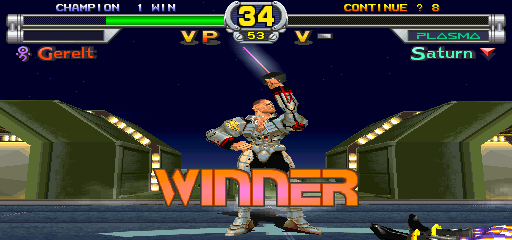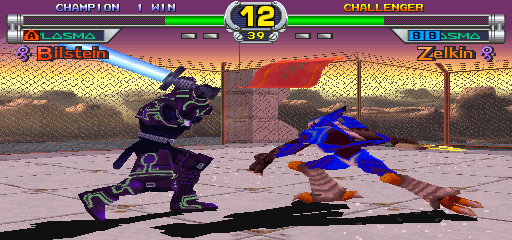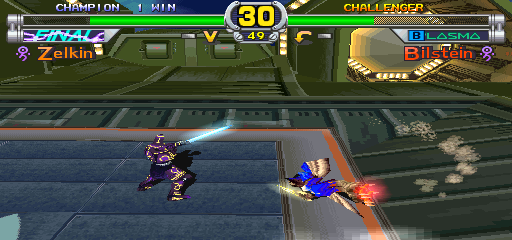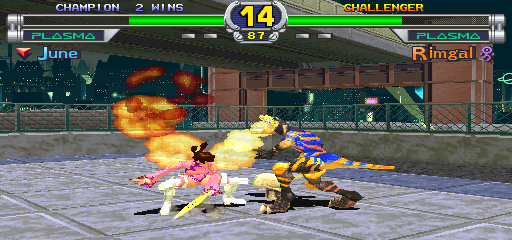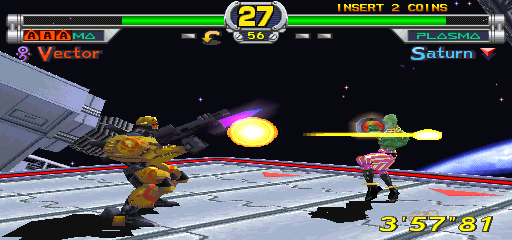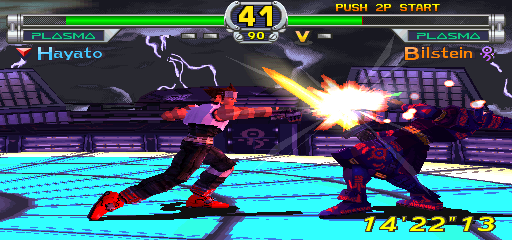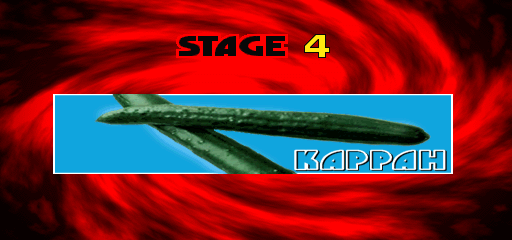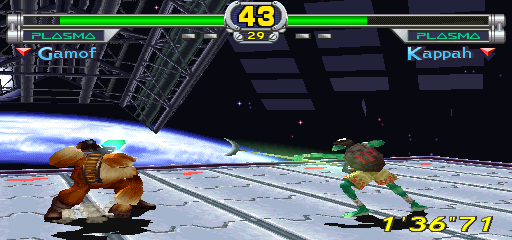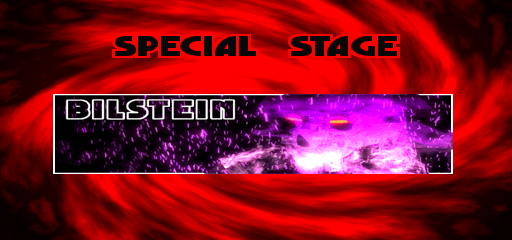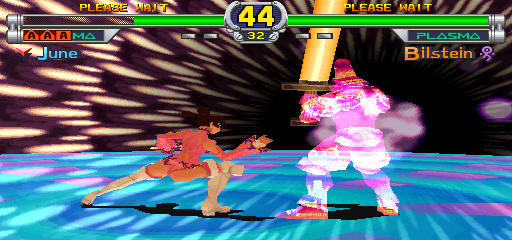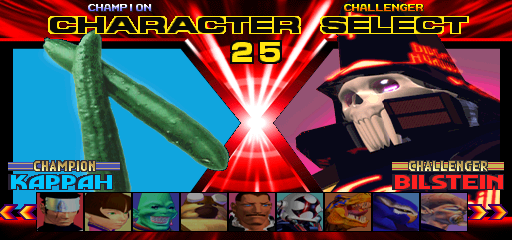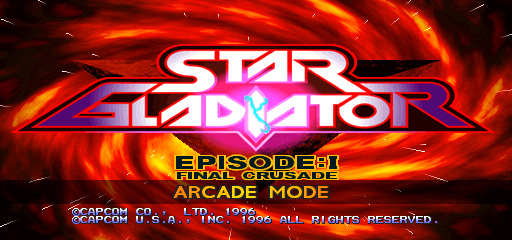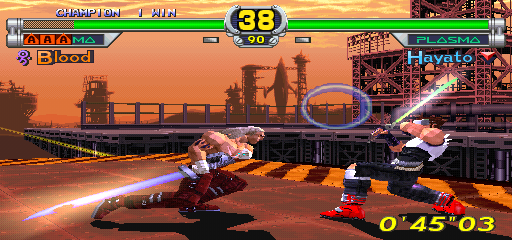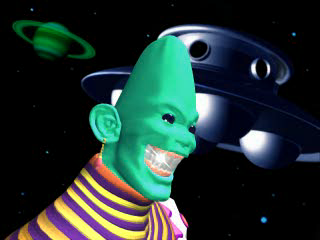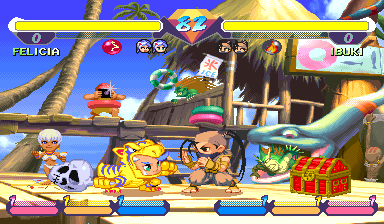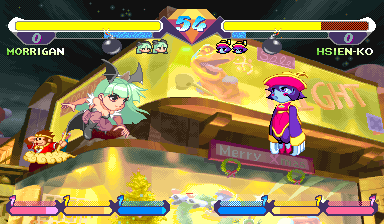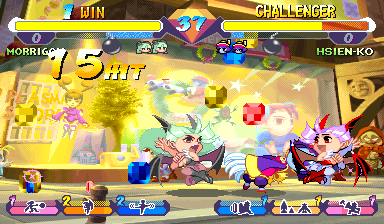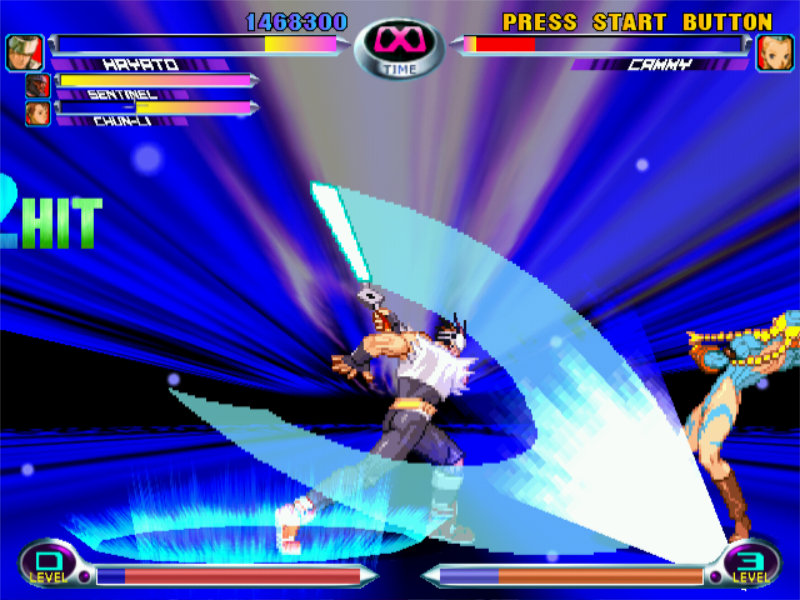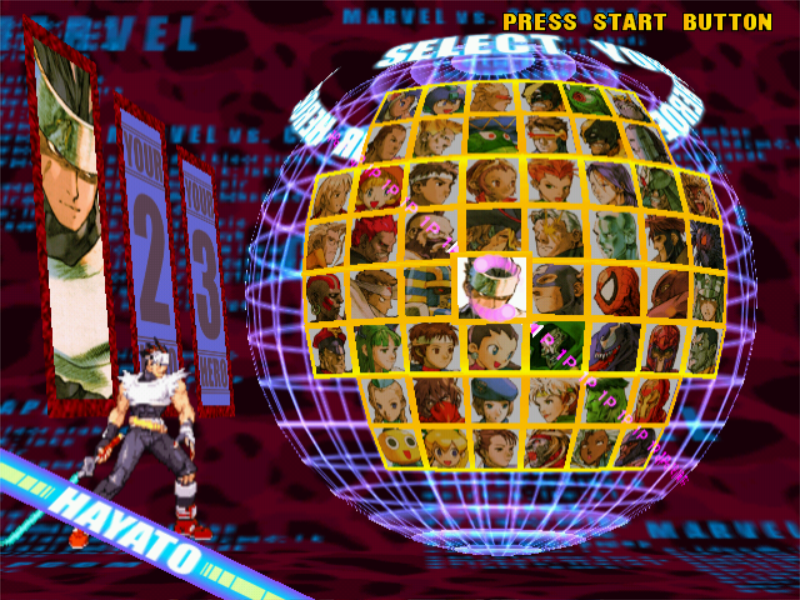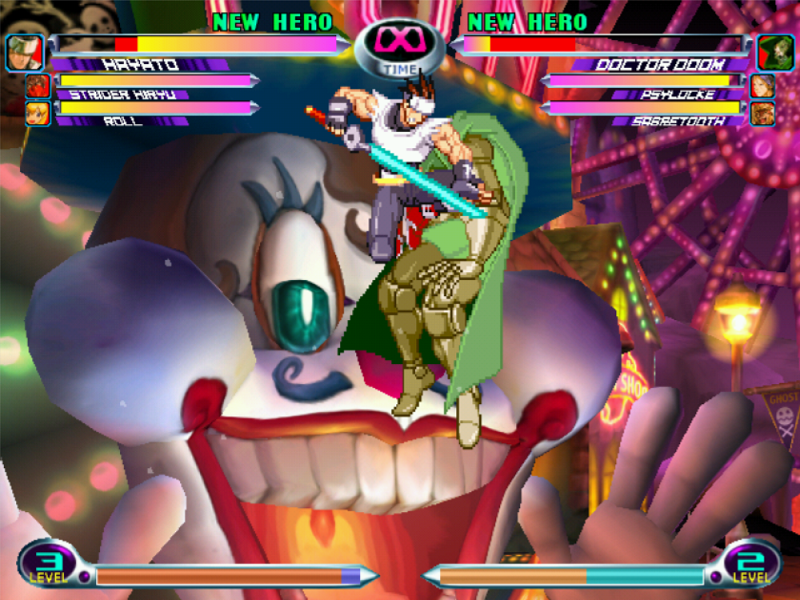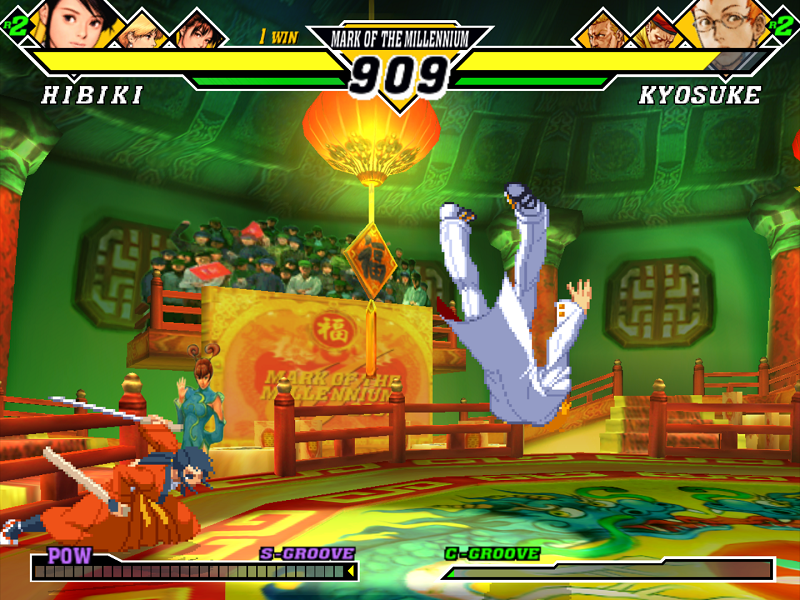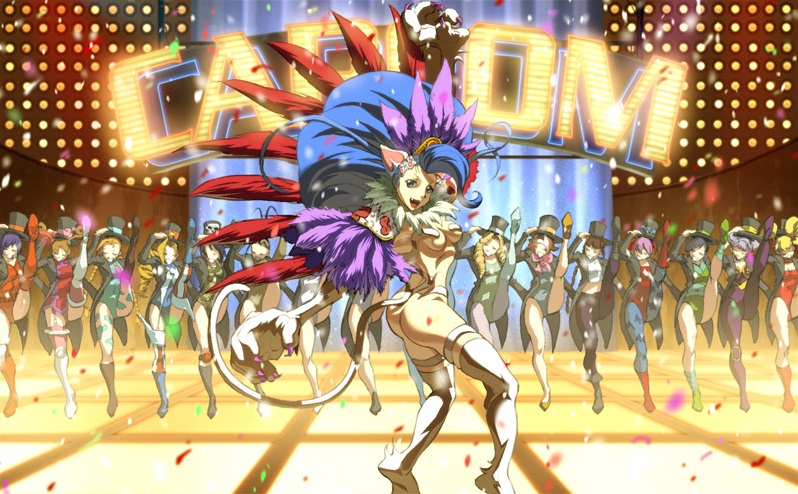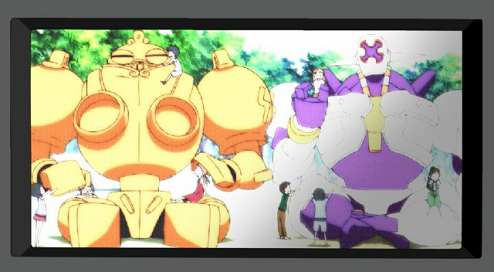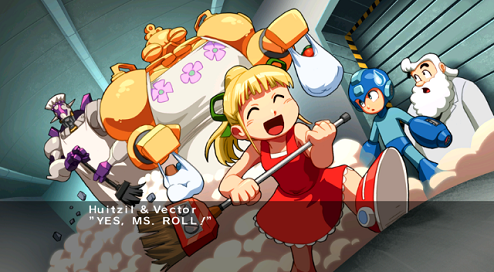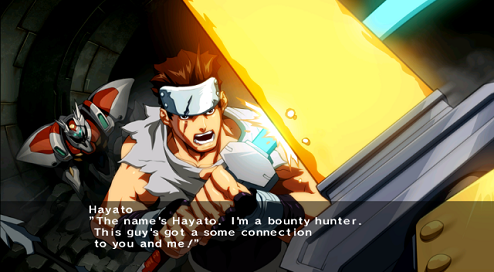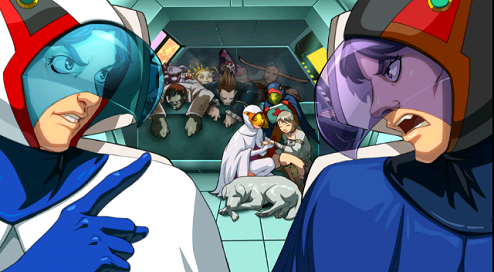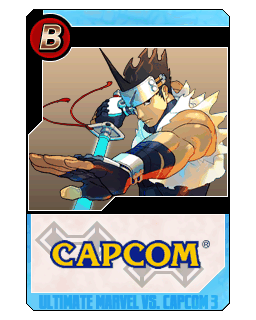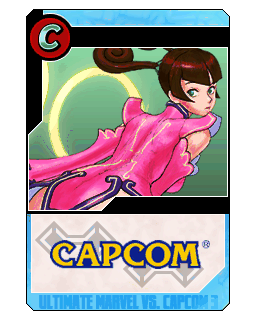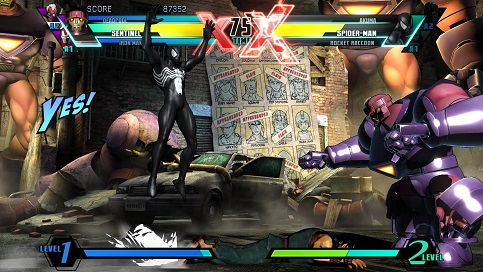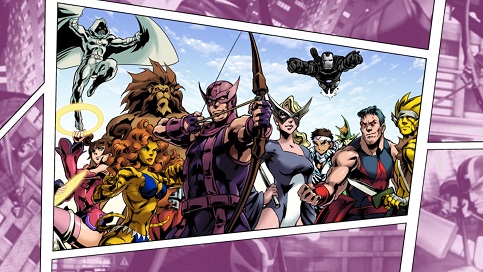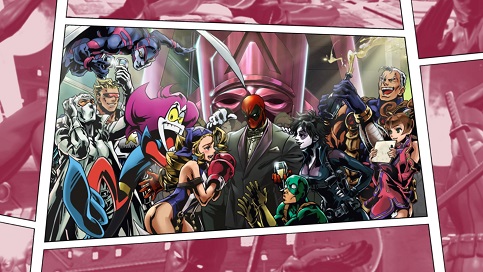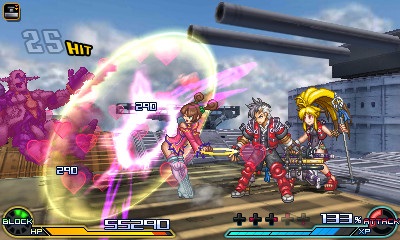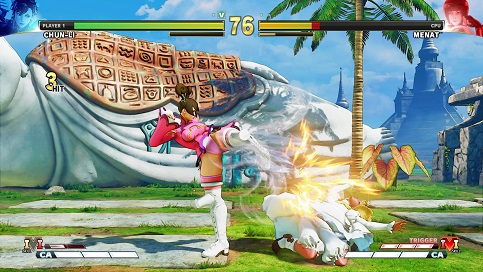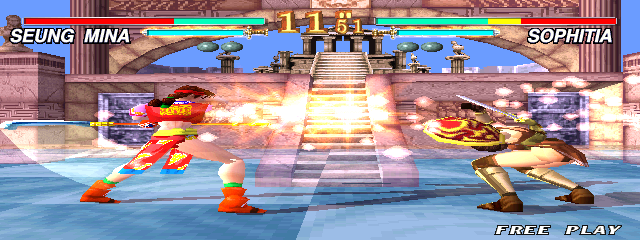
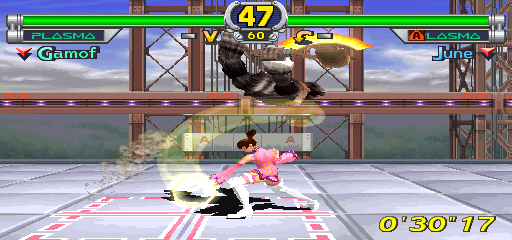
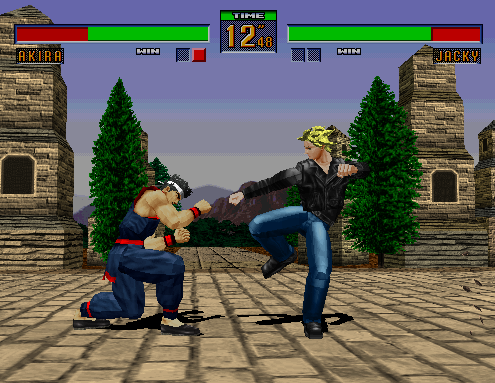





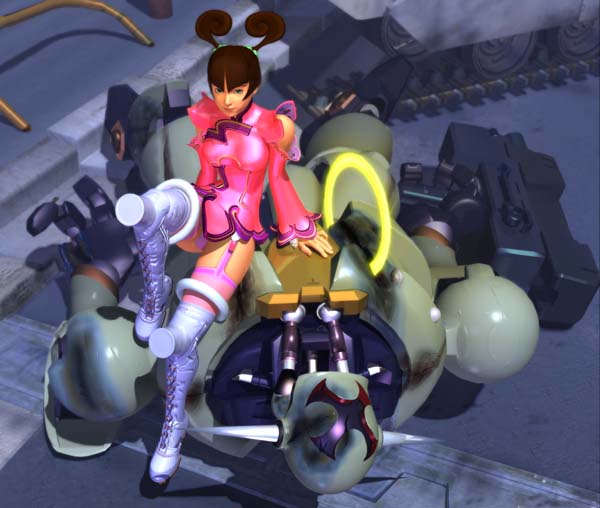
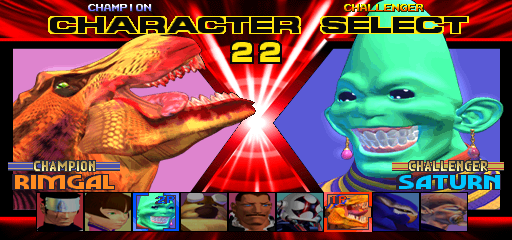
 Birthplace: Japan Weapon: Plasma Blade Affiliation: Star Gladiators (VA: Nobutoshi Canna) a strong sense of justice who wants to earn money to save the orphanage he was raised in.
|  Birthplace: Hong Kong Weapon: Plasma Circle Affiliation: Star Gladiators (VA: Megumi Ogata) who seeks revenge against Bilstein as he is responsible for the deaths of her parents.
|  Birthplace: Saturn, Andromeda Weapon: Plasma Yo-Yo Affiliation: Star Gladiators (VA: Kazumi Tanaka) bored, took an assignment to study humans on Earth and mastered the yo-yo while there. |
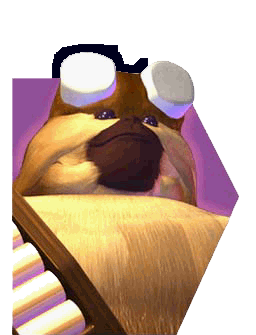 Birthplace: Planet DeRosa Weapon: Plasma Axe Affiliation: Star Gladiators (VA: Daisuke Gōri) devastated and his lumberjacking job ruined by humans harvesting for a potent drug, he needs money to support his family.
|  Birthplace: Spain Weapon: Plasma Saber Affiliation: The 4th Empire (VA: Hisao Egawa) who had his family detained, Bilstein helped him escape from jail and convinced him to work for the empire to save his family.
| 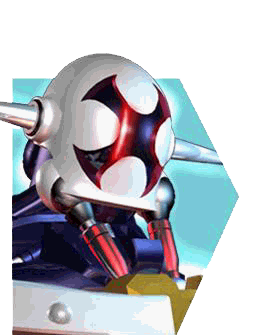 Birthplace: Unknown Weapon: Plasma Gun Affiliation: The 4th Empire (VA: Osamu Hosoi) by Bilstein that assisted in his escape from the Planet Zeta jail, Vector is nearly ready for mass production. |
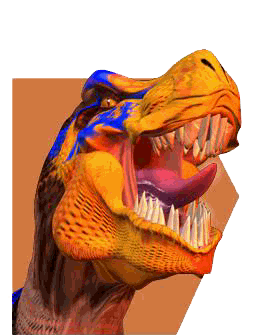 Birthplace: England Weapon: Death Bone Affiliation: The 4th Empire (VA: RARRR! RAAARRR!!) turned into a dinosaur by an experiment by Bilstein, he is now under Bilstein's command via a bio-control chip.
|  Birthplace: Planet Klondike Weapon: Plasma Claw Affiliation: The 4th Empire (VA: Hisao Egawa) were at war with Earth and he surrendered himself in exchange for Klondike hostages. Bilstein freed him from jail to serve him.
|  Birthplace: Indonesia Weapon: Plasma Mace Affiliation: The 4th Empire (VA: Daisuke Gōri?) bizarre feats like growing in size, his body has been twisted by his overuse of Plasma Magic for Bilstein's empire. |
 Birthplace: Planet Kappah Weapon: Kappadent Affiliation: Star Gladiators (VA: Kazumi Tanaka) He loves sake and fights Bilstein's empire to protect his Japanese friends because that's where sake comes from.
|  Birthplace: USA Weapon: Plasma Sword Affiliation: The 4th Empire (VA: Daisuke Gōri) Bilstein created Plasma Energy after discovering his ancestor's writings, he now plans to dominate the Earth with his empire.
|  Birthplace: SPACE Weapon: Plasma Sword Affiliation: The 4th Empire (VA: Daisuke Gōri) Bilstein's body is destroyed, but his spirit... |
